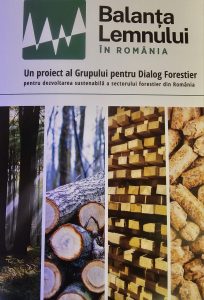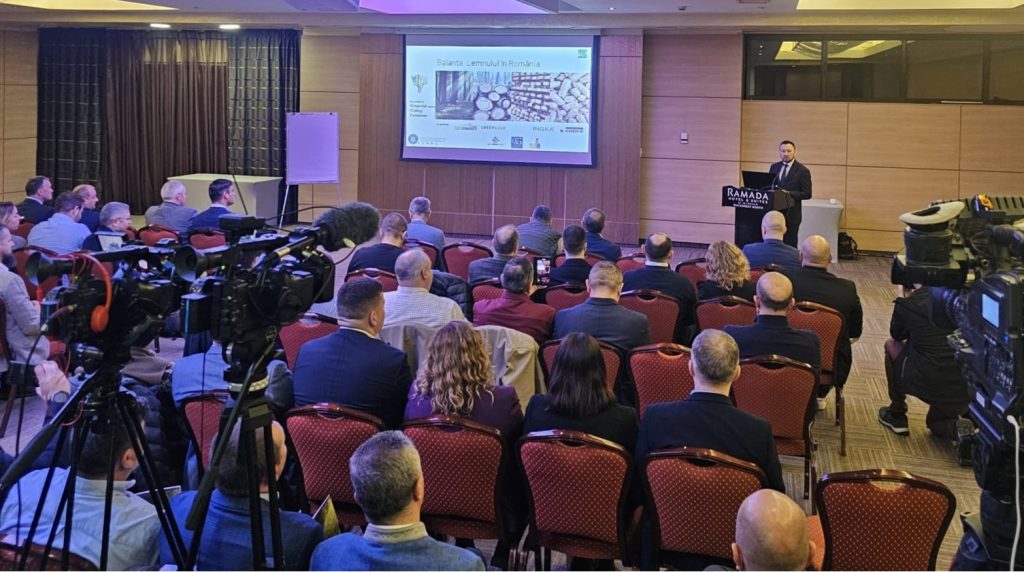For the first time in Romania, through the Wood Balance, published today, we can understand what happens to wood after it is harvested from the forest, as well as the quantities of wood our country imports and what wood materials it exports. The Balance essentially represents a centralized analysis of the wood flow reported in SUMAL, from the forest to its transformation into finished or semi-finished products, which are reported in the timber monitoring IT system.
The Wood Balance represents a significant first milestone achieved based on the National Strategy for Forests. WWF-Romania has supported this initiative since the Strategy's development process, as a central element for increasing transparency in wood trade.
The platform developed by the Forest Dialogue Group, in partnership with the Ministry of Environment, uses for the first time the immense amount of data reported in SUMAL in the form of a statistical report of the results. This finally highlights the potential that SUMAL has not only in combating illegal logging but also for analyzing the recorded data, including those regarding the utilization of the wood resource harvested from Romania's forests, to guide forest policies.
“We now have a first X-ray from which we understand what happens to wood downstream from the forest. At a first evaluation of the figures, the higher processing of wood in Romania and the cascading use of wood do not look good at all compared to the potential for capitalizing on the wood resource harvested from forests. However, we have a reference point that we must continuously improve.”
Radu Vlad, Forest Programs and Regional Projects Manager at WWF-Romania

We must understand that the way we capitalize on wood dictates the way we manage our forests. If we want to maintain the basic characteristics of the silvicultural system in Romania, where timber production focuses on quality and not quantity – thus fulfilling a multifunctional social, economic, and environmental role – we must pay close attention to how we capitalize and process the wood resource. Romania now has a close-to-nature silvicultural system based on long production cycles. The goal is to obtain superior assortments which can be processed into high value-added and long-life products.
In this regard, public forests owned by the state can play an extremely important role if the authorities manage to establish mechanisms to facilitate priority access to wood for those who intensively process wood into high value-added products.
Role of the Wood Balance
The Wood Balance is a very useful analysis tool that can be used to improve forest policies related to increasing the level of processing of forest resources at the local level, enhancing the sector's contribution to the sustainable socio-economic development of local communities, and establishing future programs for professional training and investments in the forestry sector.
To better understand the current situation and the challenges in forestry that need to be addressed, we consider it extremely useful to supplement the data available today only as a first step.
The Wood Balance must continue for 2024 and in the following years, adapting the new SUMAL 3 to the specific reporting needs that support forest policies in accordance with SNP30.

